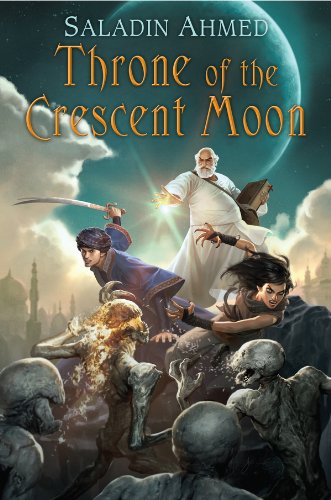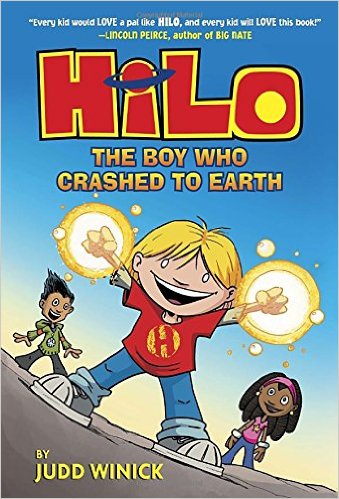The Worst Kind of Villain
In almost any work, a villain is necessary. They move in, cause the main problem, then get defeated by the heroes. They’re a basic staple of fiction, and as a result of being around so long there have emerged a few distinct types.
First, there’s the monster. This doesn’t have to be a literal ogre; it’s just as likely to be a human who kills women and children and kicks puppies doing it. They have a goal, and they will stop at nothing to achieve it. Maybe they acknowledge what they’re doing is bad, but think it’s necessary; maybe they think the end justifies the means. Whatever they think, they’re unrepentant for their evil deeds and don’t think they can go too far. Their defeat is meant to be a relief, and we’re supposed to be happy their evil is gone from the world.
Secondly, we have the sympathetic villain. We’re supposed to realise the villain is ultimately a good person gone astray, or driven to extremes in trying to protect someone, unintentionally crossing the line; maybe they’re being forced to do what they do, and nothing they’ve done is their fault. Their defeat is almost bittersweet; we’re sorry to see them go despite their evil deeds and despite the necessity, and wish things had been better for them.
There are villains that fall between these two: they had a sympathetic past, but have now gone too far; they use underhanded trickery to get their way instead of actually hurting anyone, and so they’re not technically a monster; they don’t actually hurt anyone, but they might in the future; they’re an oppressive leader. While we may have some sympathy for these villains depending on their origins, we’re still supposed to be happy that they’re defeated, though if the damage the hero does comes off as disproportionate compared to what the villain did, as can be the case if the villain hadn’t hurt anyone or done much real harm, then the villain doesn’t so much gain sympathy as the heroes lose it, and many people will feel the villain didn’t deserve all of what they got.
There’s one type of villain, however, who’s worse than all of these types. Not worse as in more evil; the monster is undoubtedly the most evil of them all. No, the worst type of villain is the most reprehensible because of how they go about their evil, not what they do. They are the only villain on this list who have no place in fiction, and who should never have to be endured.
Most often the result of a bad writer and often a sure sign of inexperience or lack of skill at writing, the Card-Carrying Villain isn’t just evil; they announce it to the whole world while laughing maniacally with thunder and lightning booming behind them. They rename themselves Evil McMeanie and take to living in a dilapidated evil fortress, where the skies are always stormy and vultures, toads, and snakes abound. Unlike the monster, who kicks puppies to achieve their ultimate goal, the Card-Carrying villain kicks puppies while laughing maniacally just because they can, and will often declare how evil they are right after doing it, sometimes with multiple exclamation marks (a sure sign of a deranged mind). It’s not how much evil they do that makes them so abominable; it’s that they do it all while proclaiming their evilness, that they often have no motivation beyond being evil (and will often say that’s why they do what they do), and that they hate anything good for no reason beyond being evil.
The Card-Carrying Villain shows up more in children’s or young adult fiction, almost always for the same reason: the belief that the reader would be too stupid to understand who the villain is without being outright told. This is insulting to the reader because a well-written villain can always be clearly identified as such even without explicitly calling themselves evil. In adult fiction, the Card-Carrying Villain is sometimes an attempt at writing a monster that failed because of the author’s inability to do it properly. More generally, the Card-Carrying Villain comes about because of a failure to understand what makes a good villain, or out of the belief that the audience is too stupid to understand who the villain is otherwise. In the first instance, we can only feel sorry for the author and hope they improve in the future; in the second, we’re genuinely insulted that the author thinks so low of us. Card-Carrying Villains in adult fiction usually entirely fail to impress the audience and can actually end up backfiring; many of you will remember how I nearly laughed at the villain in my review of Smudge’s Mark, mostly because of how blatantly he showed off his villain card.
When played as a parody, as in The Simpsons with Mr. Burns, the Card-Carrying Villain isn’t so bad; at least now we know it’s being done deliberately and isn’t a reflection of how the author thinks of us. Too few cases, however, are parodies and too many are simply the result of bad writing. To tell the difference between the two, look for some key differences in how the writing portrays them: are they often made the butt of a joke, or should we apparently be genuinely afraid of them? Is their villainy either ultimately harmless or cartoonishly over-the-top, despite how evil they claim to be, or are they standard villain acts done while proclaiming how evil they are? These sorts of things mark the difference between parody and bad writing. (Somewhat ironically, a failed attempt at writing a parody Card-Carrying villain can end up turning them into a straight Card-Carrying Villain. In this case, any protests the author makes that it’s supposed to be a parody don’t make it any better.)
And how do you avoid writing a Card-Carrying Villain yourself? First, be very careful planning out your villain’s motivation. As mentioned above, they can acknowledge they’re doing bad things; the difference between a good villain and the Card-Carrying Villain is that the good villain will think the end justifies the means, or be driven by revenge, or some other such motivation, while the Card-Carrying Villain will do it because they’re evil. Secondly, be careful about how you write their tone; if they do acknowledge they’re being bad, they should regret that fact, or see it as a small matter, not revel in it. Finally, and most importantly, just think about your audience. Put yourself in their place: if you were reading your book, would you understand who the villain is without being told? You most likely will. If not, well, you may have to re-think how you’re writing your villain.



